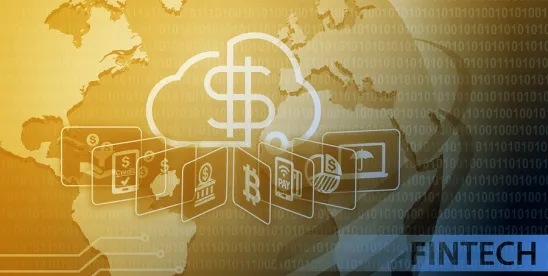On June 2, 2022, Regulation (EU) 2022/858 on a pilot regime for market infrastructures based on distributed ledger technology (the Regulation) was published in the Official Journal of the European Union.
The Regulation aims to eliminate regulatory barriers to the issuance, trading, and post-trading of financial instruments in the form of crypto-assets and to ensure that EU regulators gain experience in the application of distributed ledger technologies (DLTs) in multilateral trading facilities and settlement systems. It is the first to be implemented of three legislative initiatives that were announced in the Digital Finance Package, which the European Commission adopted on Sept. 24, 2020.
Perspective of European Institutions on Fintech and DLTs
The Regulation highlights that the EU has a policy interest in promoting the adoption of transformative technologies in the financial sector. To this extent, the preamble to the Regulation clearly states that, while many crypto-assets may fall outside the scope of current EU financial services legislation, many others do qualify as financial instruments under EU laws (see Whereas (2), Regulation). Hence, a full set of EU financial services legislation already now applies to issuers and firms conducting activities related to such crypto-assets.
To enable their development, and that of DLTs in general, while preserving a high level of protection for investors, market integrity, financial stability and transparency, European institutions have adopted the Regulation to create a pilot regime for market infrastructures based on DLTs.
Pilot Regime for Market Infrastructures Based on DLTs
The Regulation sets forth an experimental legal framework for the trading and settlement of transactions in crypto-assets that qualify as financial instruments. Here, it makes a distinction between:
|
(i) |
|
DLT multilateral trading facilities: multilateral trading facilities that only admit to trading DLT financial instruments; |
|
(ii) |
|
DLT settlement systems: settlement systems that settle transactions in DLT financial instruments against payment or against delivery; |
|
(iii) |
|
DLT trading and settlement systems: DLT market infrastructures that combine services performed by the two kinds of infrastructures described above (see art. 2, Regulation). |
On such premises, the Regulation establishes requirements in relation to DLT multilateral trading facilities and settlement systems and their operators, concerning:
-
the granting of specific authorizations and exemptions for the operation of DLT market infrastructures;
-
the management and supervision of DLT market infrastructures;
-
cooperation between DLT market infrastructure operators, competent authorities, and ESMA, the European Securities and Markets Authority.
The pilot regime designed by the Regulation will enter into full force on March 23, 2023, while ESMA will work on drafting the required guidelines.
Other EU Legislative Initiatives Within the Digital Finance Package
The Regulation is only one part of the more comprehensive legislative initiative impacting activities related to crypto-assets that the EU announced within its Digital Finance Package in 2020.
European legislative bodies are currently discussing two different proposals for regulations that could be approved by 2023:
-
the proposal for a Regulation on Markets in crypto-assets (s.c. MiCA), which aims to regulate crypto-assets that do not qualify as financial instruments under EU law;
-
the proposal for a Regulation on digital operational resilience for the financial sector (s.c. DORA), which will provide uniform requirements for the security of networks and information systems of entities operating in the financial sector and critical third parties providing information and communication technology-related services.
Outlook
European institutions have taken steps toward building an innovative regulatory framework that considers technological developments, such as DLTs and crypto-assets, to boost the EU’s competitiveness in the financial and technology sectors.
The EU’s implementation of the Digital Finance Package is part of a broader attempt to reinvigorate its role in a number of areas, through the creation of digital single markets enabling European businesses and citizens to make the most of technological innovations.
The Commission’s communication on Shaping Europe’s digital future and the proposal for a European Union regulatory framework on AI further signal the EU’s focus on establishing a legal framework that keeps pace with technological innovation. This also applies to DLTs and crypto-assets.
In 2026, the European Commission will be asked to evaluate the effectiveness of this pilot regime, which may be extended, modified, or made permanent.
If this endeavor bears fruit, firms in the financial sector may be able to invest in DLT research and development and put those efforts to use in a clearer regulatory environment.








 />i
/>i

